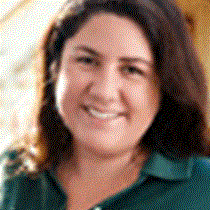San Francisco & Yarapa
While I walk the forest near San Francisco Village, I think about the rubber tappers, how they covered miles every day, from tree to tree; they probably knew them by name, by the same names their parents and grandparents had used. The rubber boom is long extinct, but the trees remain, some with cuts, as witnesses of other eras. Life hasn’t changed much around Samiria-Pacaya Reserve; unfortunately, we cannot say the same about the rest of the Amazon basin, when every year we loose a piece equivalent to the size of Wales.
As the days go along, I fall more in love with this part of the world, and I feel a stronger sense of duty. I have to spread the word. This is a delicate environment, huge and ancient trees, mammals, birds, insects, we do not know how many they are all together, and how complicated and interdependent their relationships are.
San Francisco inhabitants still live in relative harmony with nature; they take only what they need, they fish, they grow yuca, rice, collect the Aguaje fruits. Their kids go to school. There are 54 children in primary and 24 in secondary school. We meet some of them, their teachers, we talk, exchange songs, smiles. We share the same world, and hopefully it will be a better one for all.
After learning about the fruits of the Amazon, its medicinal plants, preparing pisco sours and officially getting to the mighty Amazon, we arrange to skiff or kayak in Yarapa River.
First we make sure everybody sees Night Monkeys. We know a tree were they rest during the day time, deep in the forest; we also spot Monk Sakis, completing our fourth species of monkey in our third day of expedition.
Kayaking is a full experience, an absolute communion with what a rain forest really is. We had rain, Tinamous singing around, and children from a nearby village playing in the water. Probably the same way it was centuries ago, before the arrival of Europeans to this land.




